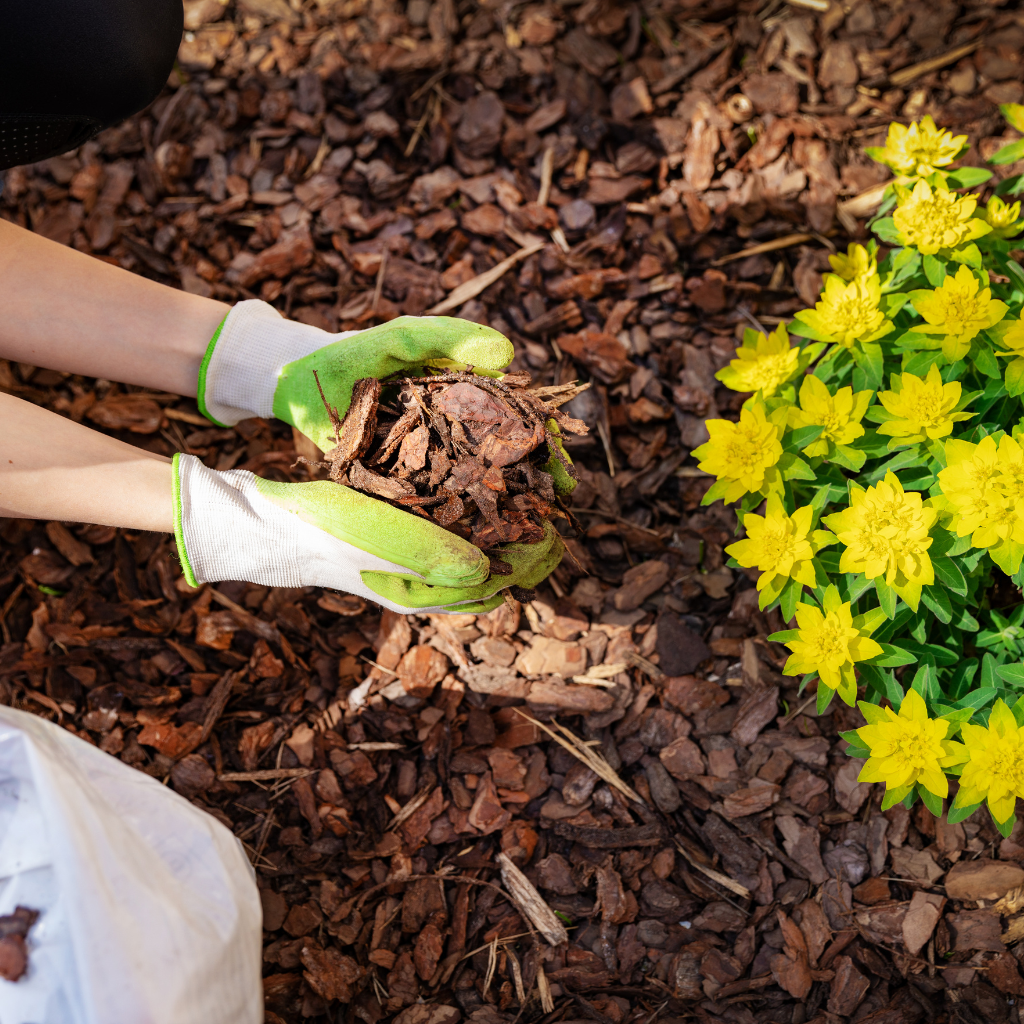Tips for Success with Vegetables, Flowers, and Wildlife-Resistant Beauty
Living in the Pocono Mountains offers so many joys—fresh air, beautiful scenery, and that peaceful feeling of being surrounded by nature. But if you’re dreaming of creating a lush garden—whether it’s bursting with vegetables, overflowing with flowers, or a mix of both—you’ll need a little strategy to make it thrive here.
Gardening in the Poconos comes with its own set of challenges. Between curious deer, pesky rabbits, and unpredictable weather, your garden needs a thoughtful plan to survive—and flourish. But don’t worry, with the right preparation, you can absolutely grow a stunning, productive garden right here in our mountain paradise.
Choose the Right Plants
Start with what thrives in our region. Hardy perennials like coneflowers, black-eyed Susans, bee balm, lavender, and hostas do well in Pocono soil and conditions. For vegetables, think cool-season crops like lettuce, spinach, peas, and radishes in spring, and tomatoes, peppers, and zucchini in the summer. Be sure to pick varieties labeled “deer-resistant” or “native” when possible—they’re better adapted to our local conditions. Watch for Native Plant Sales!
Protecting Your Garden from Wildlife
Deer are a daily part of life here—and they love fresh shoots and blooms as much as we do. Fencing is the most effective deterrent. A 7-8 foot high fence is ideal, but even a decorative barrier with netting can make a difference if you’re working in a small space. You can also plant deer-resistant borders around your garden—think lavender, yarrow, or marigolds—to discourage nibblers.
For smaller critters like rabbits and groundhogs, wire mesh around your vegetable beds can work wonders. And don’t forget insects! Use natural repellents like neem oil or companion planting—marigolds near tomatoes, for instance, can deter aphids and nematodes.
The Power of Mulch
Mulch is your garden’s best friend. It helps retain moisture, keeps weeds down, and protects plant roots from sudden temperature changes (which are common here in the mountains). For vegetable gardens, use organic mulch like straw, shredded leaves, or untreated wood chips. For flower beds, consider bark mulch—it’s decorative and effective.
Layer mulch about 2–3 inches deep, and keep it a few inches away from plant stems to avoid rot. Bonus tip: Black mulch warms the soil faster in the spring, which can give your plants an early-season boost.
Add Some Decorative Touches
Your garden should bring you joy every time you look at it. Incorporate winding paths using gravel or stepping stones, add a cozy bench under a tree, or use raised beds with stone or wood borders for structure and beauty. Hanging baskets and decorative trellises also add height and dimension, especially in smaller spaces.
Final Thoughts
Creating a garden in the Pocono Mountains may take a little extra planning, but the rewards are absolutely worth it. With the right plant choices, protective measures, and a bit of creativity, your dream garden can become a beautiful, thriving retreat.
Ready to make your Pocono Mountain garden dreams come true? Whether you’re new to the area or looking for the perfect home with room to grow, I’d love to help. Reach out anytime—let’s plant some roots together.





